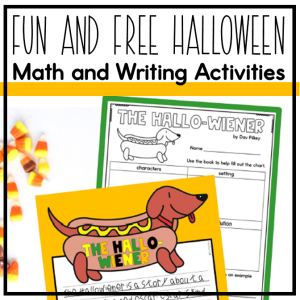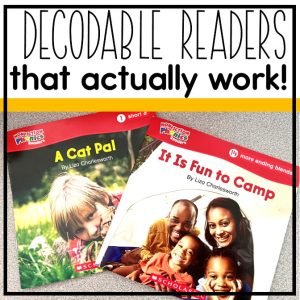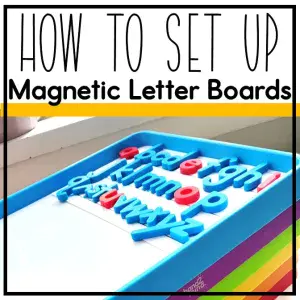Teaching how to tell time can be a welcome break from computation. But, depending on students’ background knowledge, navigating an analog clock can prove challenging for some. For many of our younger students, learning to tell time can be a tricky new skill to grasp. But with the right approach, we can make the process fun and empowering. From getting students comfortable with clock vocabulary to reading different times on both digital and analog clocks, these activities will scaffold the learning in a hands-on way to help kids understand how to tell time. By the end, your students will be little time-telling pros!
Telling Time Lesson Plans
There are SO many different activities and ideas for teaching time. The first step is to get organized and have a plan. Everything mentioned in this blog post can be found in this simple, editable lesson plan. Download it for free here: Telling Time Lesson Plans
Pre-assessment
The most successful math units begin with pre-assessing. I find this especially helpful with skills like time, money, and shapes because math performance in skills like addition and subtraction doesn’t align with these concepts.
I love using a short pre-assessment so I can get a feel for where everyone is currently in terms of clock skills. Using Google Forms is so effective and organizes all the data for me! You can grab this one free here.
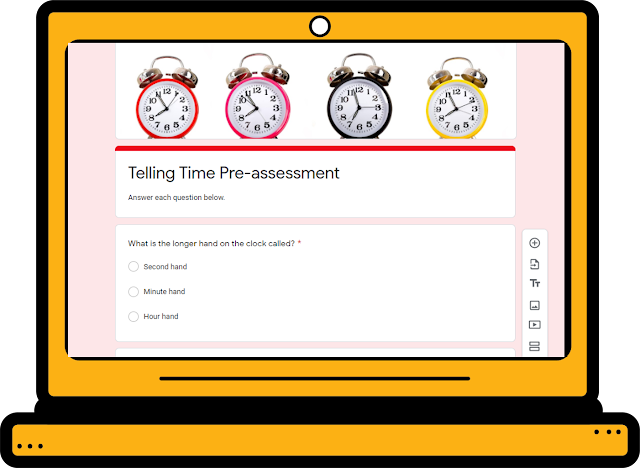
I often have students who struggle with math facts or two-digit subtraction but are strong with time and shapes. Or I have students who have mastered three-digit addition but struggle with money. So, some form of pre-assessment is crucial to planning and teaching how to tell time to your students.
Introduce Clocks
If you have a class set of student clocks, I always begin with an informal exploration of the parts of a clock. Since students are typically anxious to get their hands on them, I make sure to review how to take care of the clocks but then I let them have some free time.
I post a few questions for them to think about: What do the hands mean? How do we measure time? Show me: 1:00. Then, I walk around and observe their thinking while I jot down notes.
Whole Group Time Practice
When I’m introducing a new skill, I typically start the first day with a whole group lesson. This helps me set a foundation for my whole class including vocabulary and the basics. During this day 1 whole group lesson, we will discuss analog/digital time. We will show different times on analog clocks and convert them to digital form. I will scaffold each step until I see that some students need more guidance. Then, they will review what we did as a whole group with an independent activity.
Differentiating Small Groups
After I have pre-assessed and observed what they already know. We had a whole group lesson. Since I have a strong idea of what students know, at this point, I break out into smaller groups. They might look like this:
Group 1: Students work on labeling the clock as we review the hands, minutes/hours ect. and showing times to the nearest hour.
Group 2: Practice showing different times (starting with to the hour and working up from there) on an analog clock. Read an analog clock and write the time in digital form.
Group 3: Same as group 1 but move more quickly to half hour and quarter hourGroup 4: Telling time to the nearest 5 minutes and elapsed time
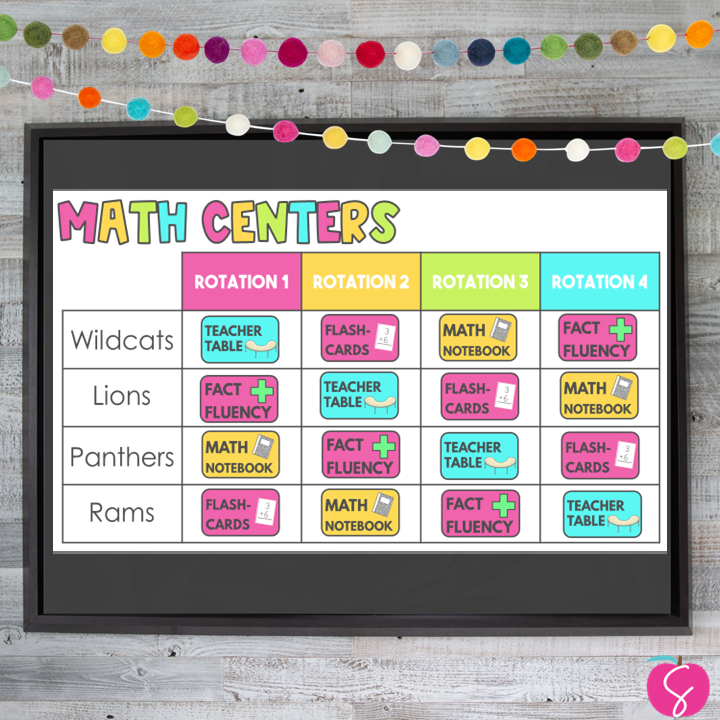
Teaching AM and PM
After we have the basics of telling time down, I spend a day discussing AM and PM. I love making these huge clocks to represent how the day is divided. We label the clock together then I have students write or draw an activity they do during that time in the day.
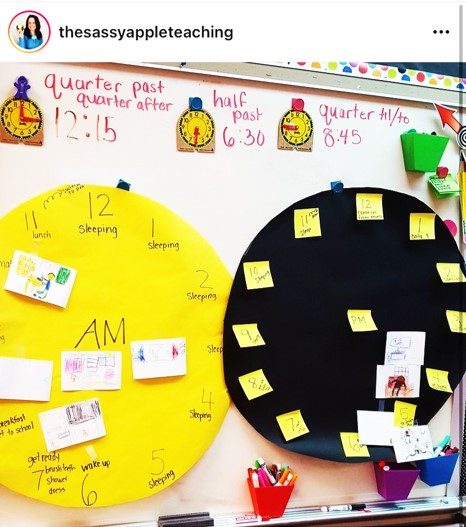
Telling Time Games
As always, my favorite method for practicing any skill is playing a game. These time bingo boards are a perfect low-prep game. There are 30 different premade boards so you can just print and play! I use them whole group and as a center.
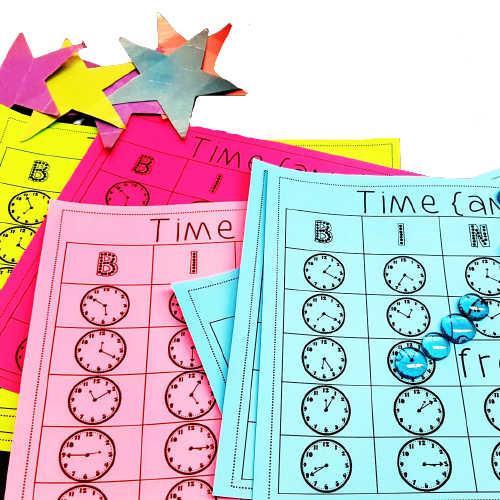
Make It to Midnight is a board game for practicing telling time.
Digital Telling Time Activities
While I’m meeting with small groups, I want to make sure all of my other students are engaged in meaningful activities. You can grab this digital classroom with telling time books, games, and videos for free!

Elapsed Time
I often have students who pick up on telling time quickly. They are ready for something more challenging. Elapsed time and time word problems are always a great enrichment. If your students need practice with this skill, I’ve got you covered! I have a complete unit of resources for teaching elapsed time.
Post Assessment
You did it! You taught your students how to read time on an analog clock. Your final assessment should perfectly align with all of your lessons. The problem is that so many curriculum-provided assessments fall short. I always felt like the format wasn’t student-friendly or the questions seemed to come out of left field.

Teaching children how to tell time doesn’t have to be a daunting task. With these easy and fun activities, you can make learning how to tell time a memorable experience for your students. And if you’re still feeling overwhelmed, don’t worry!

We’ve got you covered with our free lesson plans that you can download today. So why wait? Start implementing these activities in your classroom and watch as your students become time-telling champions in no time!

